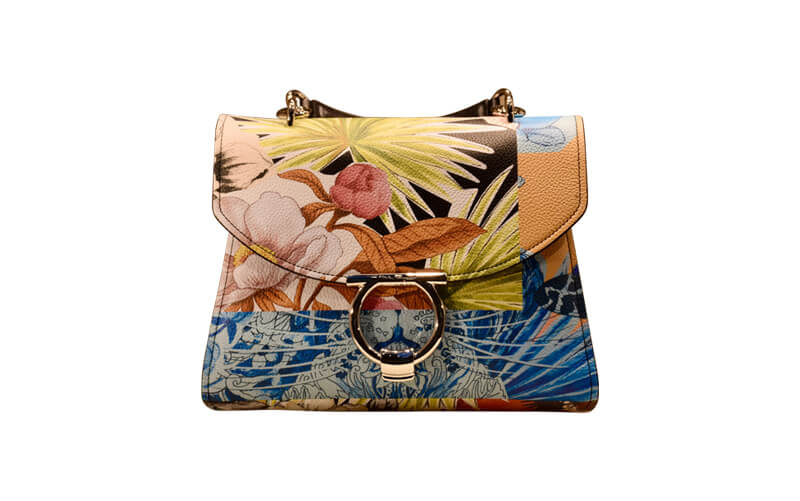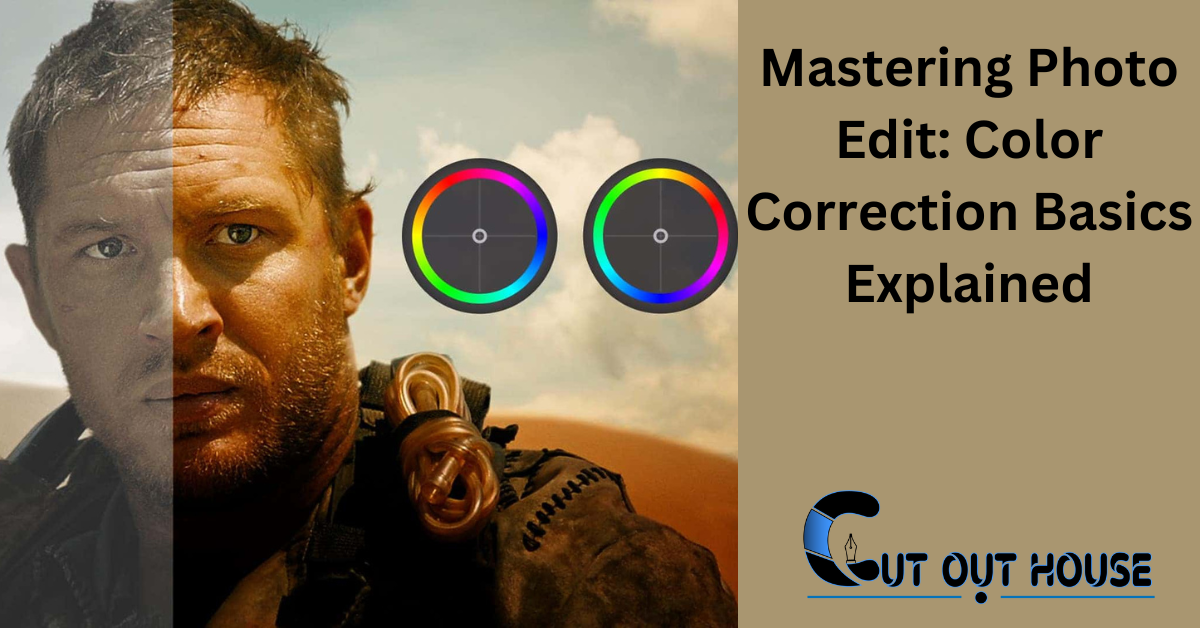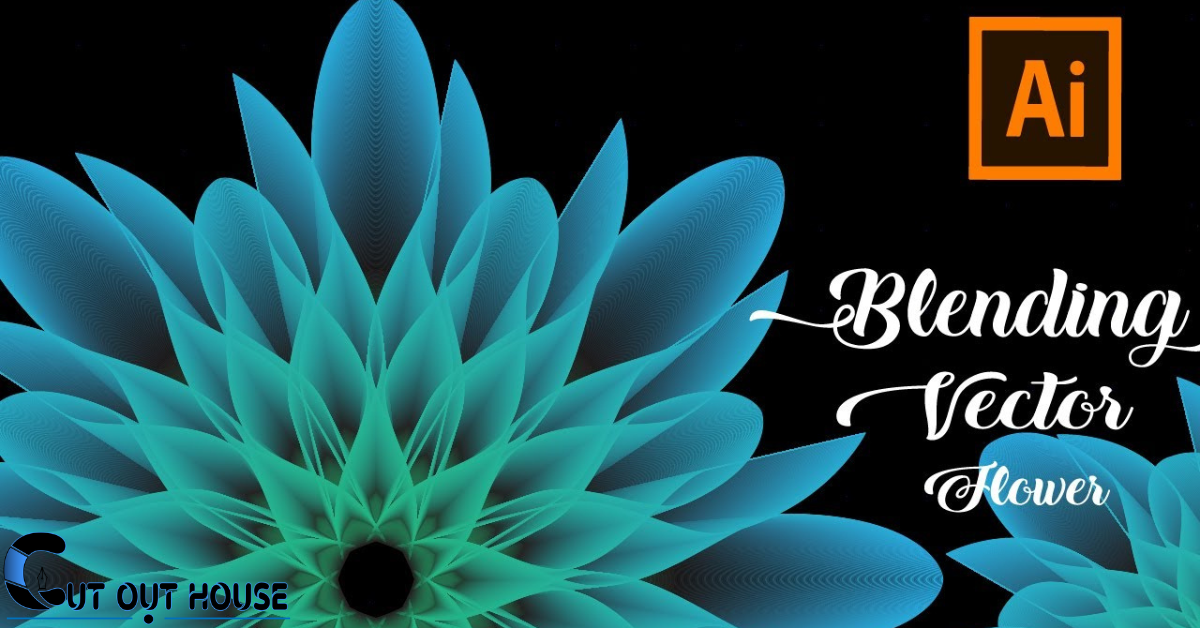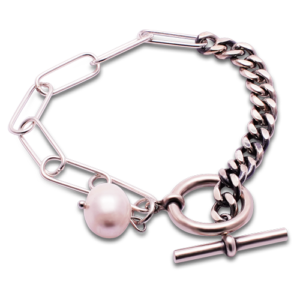Color correction in photo editing involves adjusting colors to enhance or correct the overall look of an image. Understanding the basics of color correction is essential for creating visually appealing photos.
By balancing color and dynamic range, you can achieve a more professional and polished result. Learning how to adjust white balance, hue, saturation, and use tools like histograms can greatly improve your editing skills. Color correction plays a crucial role in photography and other visual disciplines, allowing you to control the mood and tone of your images effectively.
Mastering these fundamentals will elevate the quality of your work and help you achieve your desired artistic vision.
Introduction To Color Correction
| Understanding the Basics of Color Correction in Photo EditingColor correction plays a vital role in visual perception. Understanding why it’s crucial in photography is essential.Color correction involves adjusting color balance and dynamic range. Properly correcting photos starts with white balance adjustments.Next, fine-tune hue/saturation levels while monitoring the histogram for even color distribution.Adjust highlights, mid-tones, and saturation levels accordingly to achieve desired photo outcomes. |
Fundamentals Of Color Theory
Understanding the basics of color correction in photo editing is essential for achieving the desired aesthetic and visual impact. Color theory forms the foundation of this process, with primary colors serving as the building blocks for all other hues. The color wheel provides a visual representation of the relationships between primary and secondary colors, guiding the selection and blending of tones. When it comes to color correction, the principles of color balance and dynamic range play crucial roles in ensuring accurate and impactful adjustments. By understanding these fundamentals, photographers and editors can effectively manipulate color to convey specific moods and evoke desired emotions in their images.
Color Balance And Dynamic Range
Understanding color correction is essential in photo editing. Achieving the right color balance is crucial. It involves balancing red, green, and blue levels in your footage. Additionally, utilizing dynamic range is important. Dynamic range refers to the levels of black to white in your footage. Proper color correction starts with adjusting the white balance to determine the warmth or coolness of your photo. Then, adjust hue/saturation while monitoring the histogram for even color distribution. Lastly, adjust highlights, mid-tones, and shadows while utilizing tools like Waveform and Histogram. Understanding these basics will greatly improve your photo editing skills.
Tools For Color Correction
Color correction is an essential aspect of photo editing that involves altering the overall color of an image. To achieve this, you need the right tools, and software is an essential one. There are various software options available for color correction, including Adobe Photoshop, Lightroom, Capture One, and GIMP.
When using software for color correction, histograms and waveforms are also crucial tools. Histograms help you analyze the brightness and contrast of an image, while waveforms show the distribution of brightness levels across an image. Understanding how to use these tools effectively can help you achieve the perfect color balance in your images.
White Balance Adjustment
Enhancing white balance in photo editing ensures accurate colors by adjusting temperature and tint levels. This correction step is vital for achieving natural and realistic tones in your images. Mastering white balance adjustment is fundamental in color correction techniques for professional-looking photos.
| Understanding the Basics of Color Correction in Photo Editing |
| White Balance Adjustment |
| Setting the correct white balance |
| Color correction is an essential aspect of photo editing. One of the most important steps in color correction is setting the correct white balance. This ensures that the colors in your photo appear natural and accurate. Here are a few tips for accurate white balance selection: |
| Use a white balance tool or a gray card to set the white balance.Choose the right white balance setting based on the lighting conditions in which the photo was taken.Adjust the white balance manually if necessary.Check the white balance using the histogram or a color checker. |
Working With Raw Files
Editing RAW files provides several advantages for color correction. RAW files contain more image data and offer greater flexibility in adjusting exposure, contrast, and color balance. When converting RAW files, photographers can utilize advanced techniques such as highlight recovery and shadow detail enhancement to achieve better results in color correction.
RAW conversion techniques involve using specialized software to process RAW files and make adjustments before exporting them into standard image formats. This process allows photographers to retain the original data from the camera sensor and perform precise color correction without compromising image quality.
Hue, Saturation, And Luminance Controls
Understanding the Basics of Color Correction in Photo Editing
Creative uses of HSL in photo edits can greatly enhance the overall visual impact of an image. By adjusting the hue, saturation, and luminance levels, photographers and editors can achieve stunning color effects, create unique moods, and bring out specific details in their photos. Understanding how to manipulate these controls effectively is essential for mastering the art of color correction in photo editing.
Advanced Techniques In Color Correction
Delve into advanced techniques for precise color correction in photo editing, mastering the fundamentals of color balance and dynamic range adjustments. Elevate your editing skills with in-depth insights on white balance, saturation control, and histogram monitoring for impeccable results.
| Color Correction Basics:Understanding color correction is crucial for photo editing success. Utilize color grading to enhance style and mood. Implement selective color correction strategies for impactful results. |
Best Practices For Color Correcting Skin Tones
Understanding the Basics of Color Correction in Photo Editing
Color correction is a vital process in photo editing, particularly when it comes to correcting skin tones. To achieve natural-looking skin, it’s essential to employ the right techniques and avoid common mistakes. Start by adjusting the white balance to set the tone of the photo. Then, focus on hue/saturation adjustments to ensure even color distribution. Be mindful of the histogram to maintain balance. Additionally, pay attention to the highlights and mid-tones to enhance the overall appearance. By following these best practices, you can effectively color correct skin tones in your photos.
Color Correction Workflow
Enhance your photos with a color correction workflow. Learn the essentials of adjusting hues and saturations for stunning results in photo editing. Master the basics of color correction to bring out the best in your images.
| Color Correction Workflow |
| Understanding color correction involves adjusting hues and saturations to achieve desired tones. |
| Step-by-step color correction process: |
| 1. Begin by balancing colors and ensuring consistency across all images. |
| 2. Adjust white balance first to set the overall tone of the image. |
| 3. Fine-tune hue and saturation levels to enhance colors without oversaturation. |
Frequently Asked Questions
What Is Colour Correction In Photo Editing?
Color correction in photo editing is the process of adjusting and enhancing the colors in an image. This can include adjusting the white balance, saturation, and overall color balance to achieve a desired look. It is an essential step in creating visually appealing and professional-looking photographs.
What Are The Principles Of Color Correction?
Principles of color correction involve balancing color and dynamic range for accurate editing results. Adjust white balance and hues for even color distribution.
How To Properly Color Correct Photos?
To properly color correct photos, start by adjusting the white balance for desired warmth. Then, fine-tune hue/saturation while keeping an eye on the histogram. Adjust highlights, mid-tones, and shadows, and use waveform and histogram graphs. Lastly, apply a specific color grade, masks, and vignettes for stylistic emphasis.
What Are The Rules Of Color Correction?
Color correction rules involve adjusting highlights, mid-tones, and shadows, using waveform and histogram graphs, applying specific color grades, and utilizing masks and vignettes. It’s essential to choose the right post-processing software for effective color correction in photography.
Conclusion
Mastering color correction in photo editing is essential for creating visually appealing images. By understanding color balance and dynamic range, you can enhance the overall quality of your photos. Remember to adjust white balance, hue/saturation, and use graphs for precision.
Practice and experimentation will help you perfect your color correction skills.


























